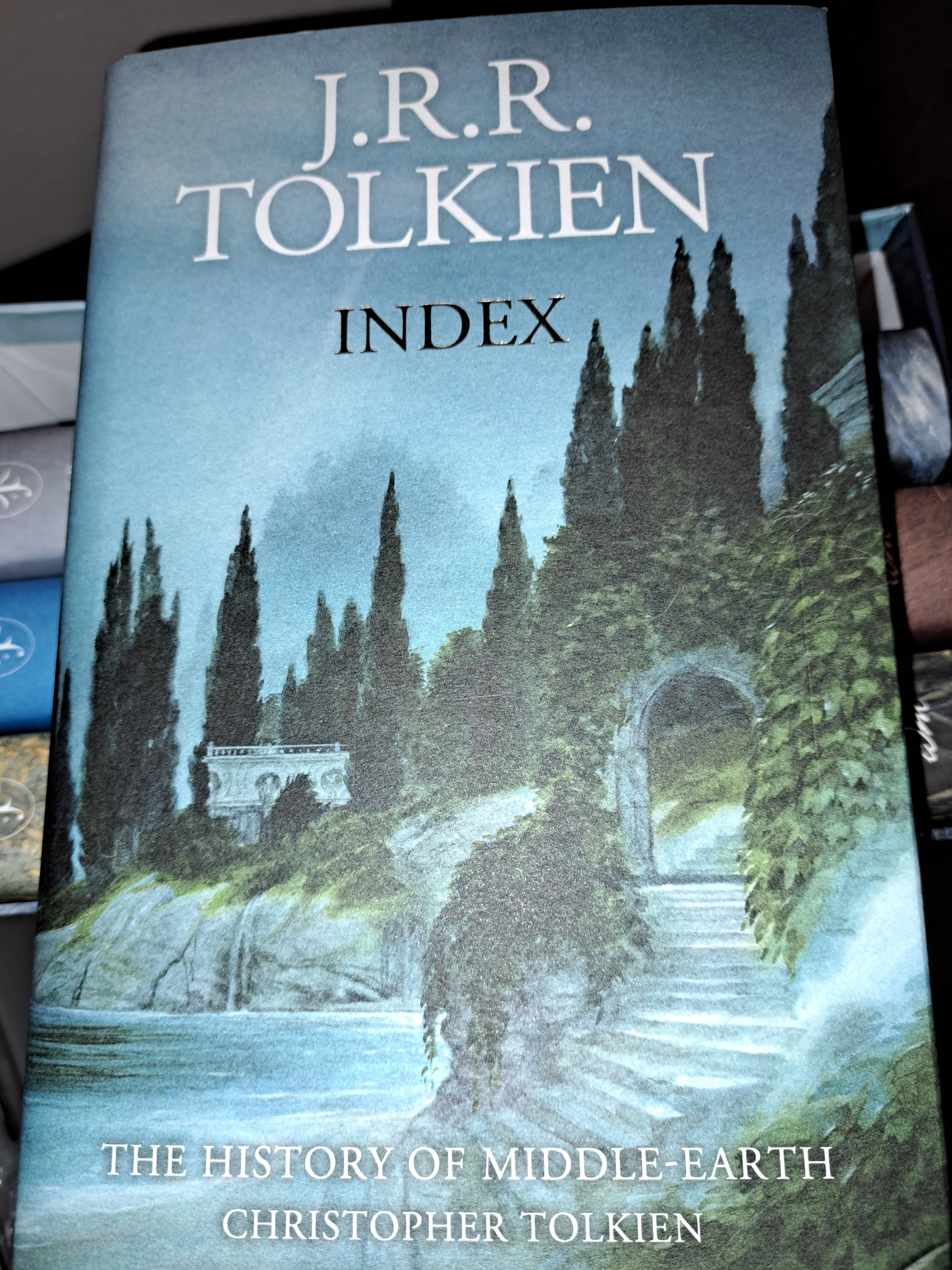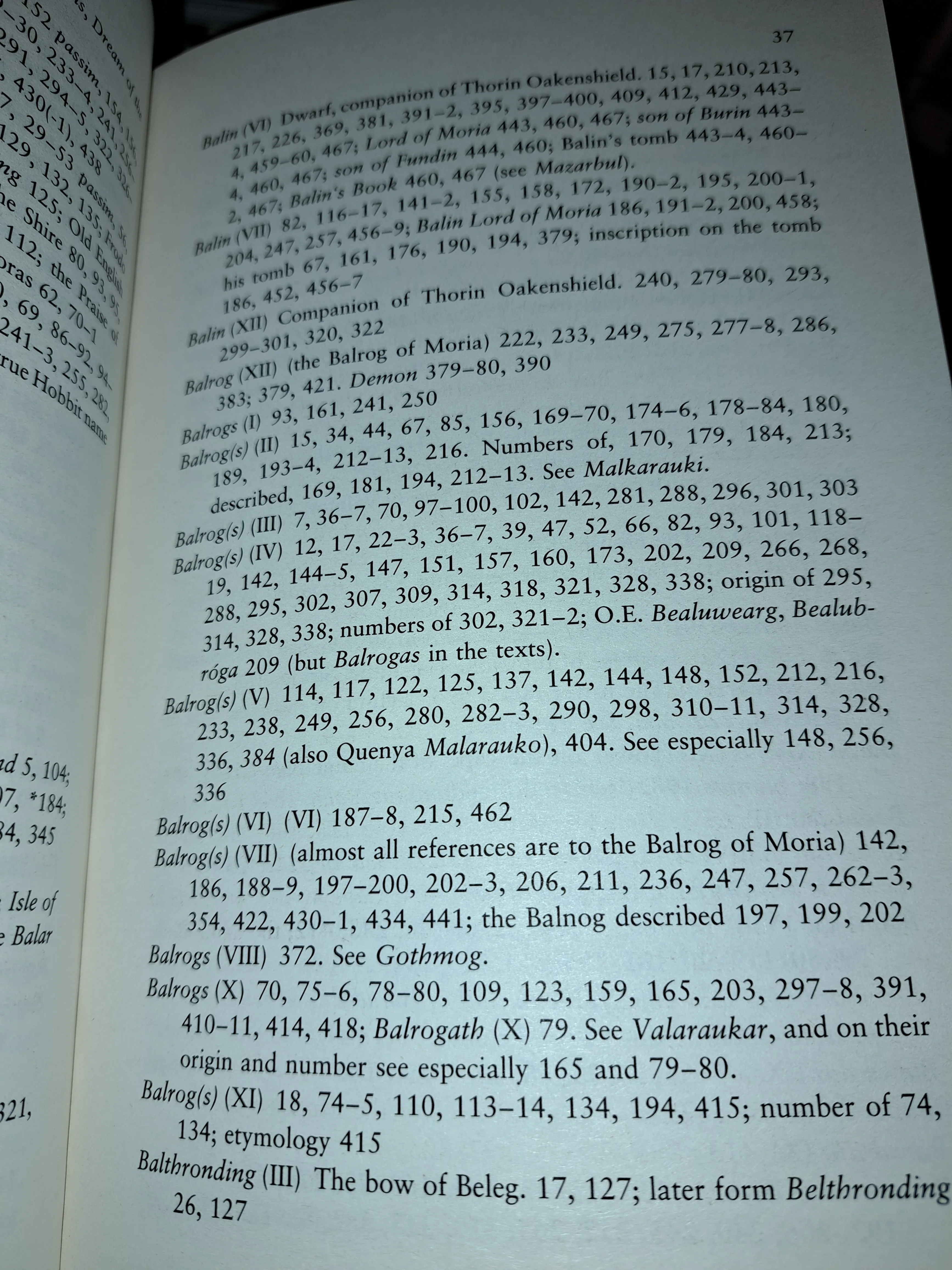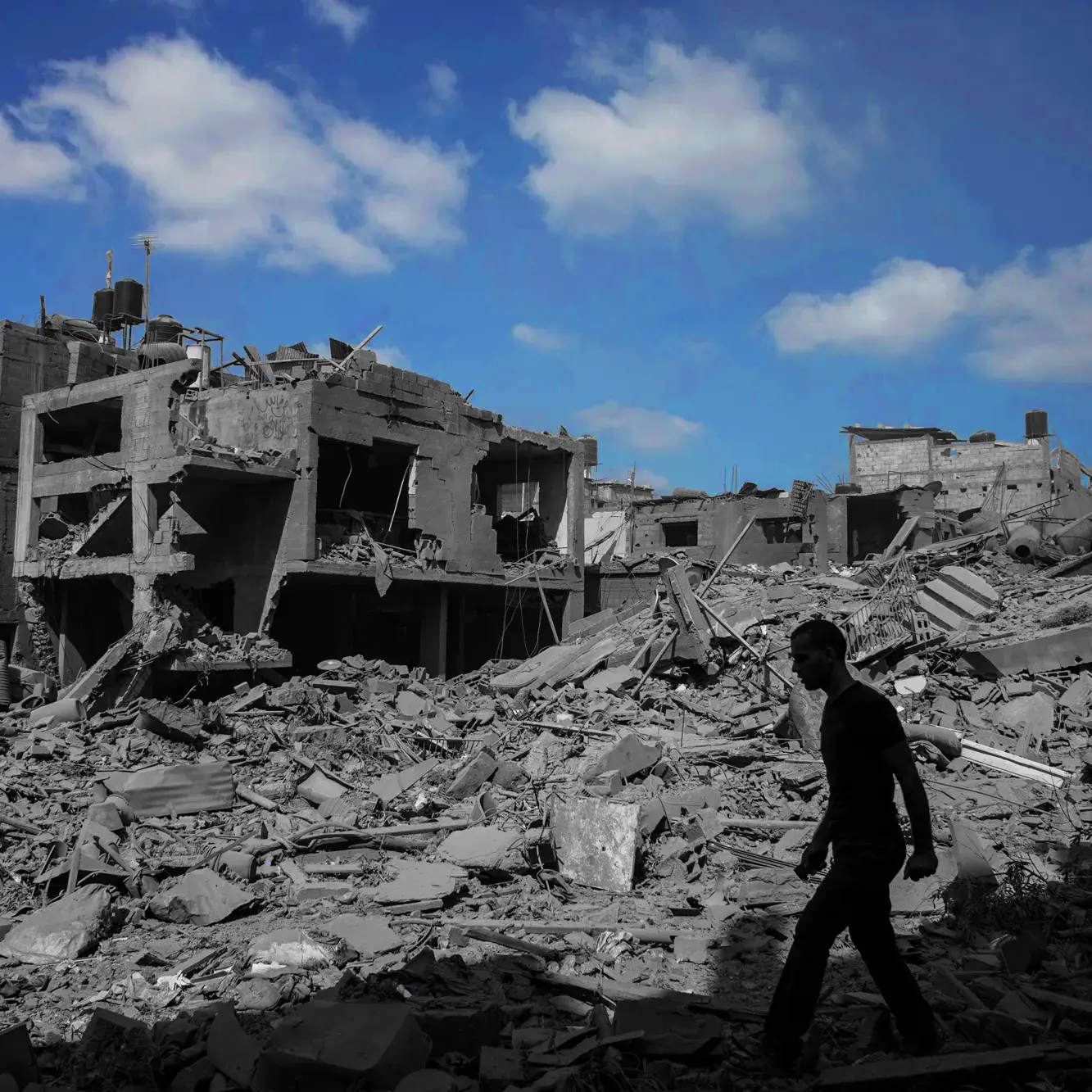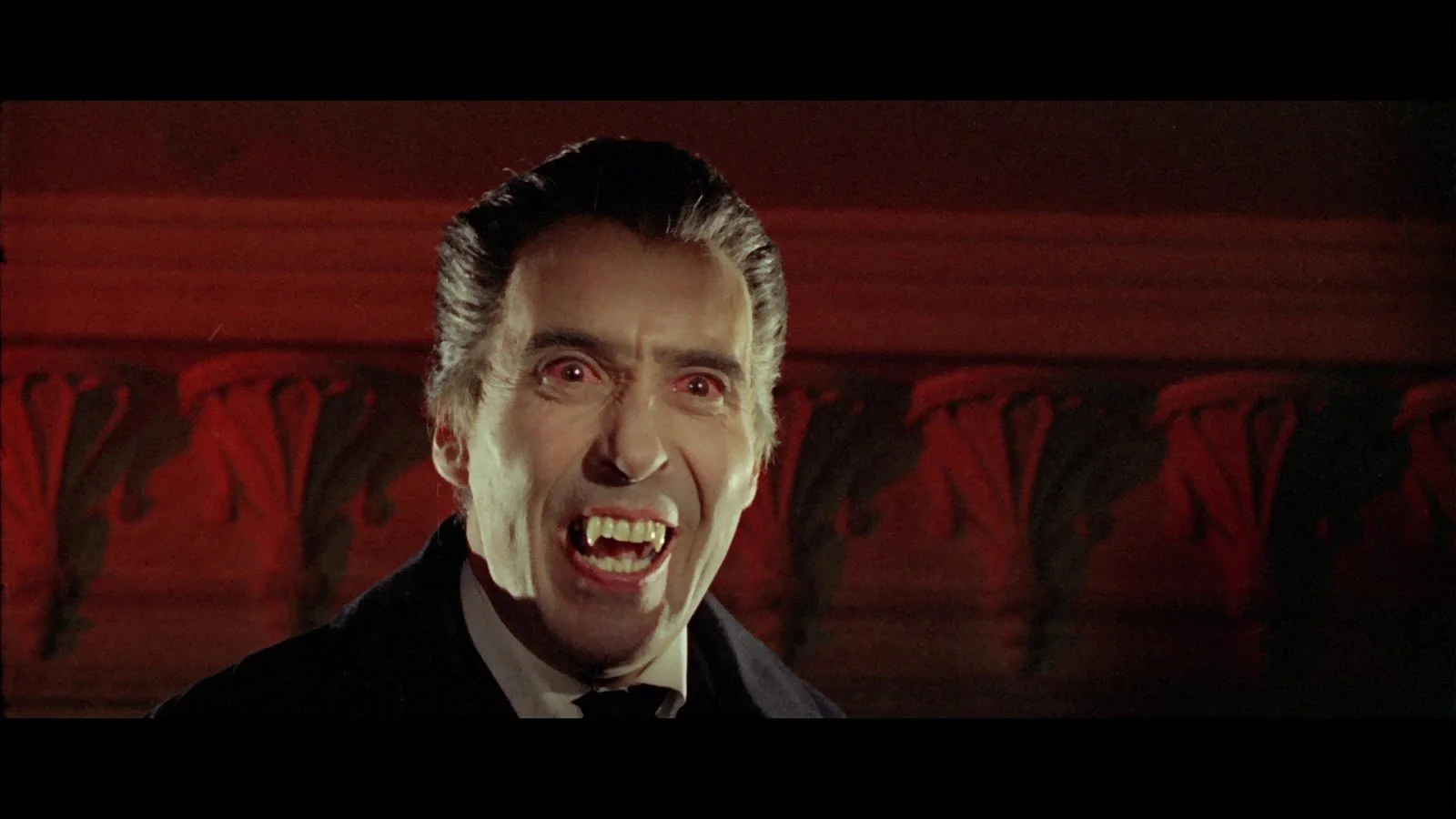“A complete consistency (either within the compass of the Silmarillion itself or between The Silmarillion and other published writings of my father’s) is not to be looked for, and could only be achieved, if at all, at heavy and needless cost.”
- Christopher Tolkien
The Silmarillian Forward, 1977
It’s similar to searching for consistencies amongst any mythology, which is what Tolkien was attempting to create. Tales will always change over time, and they’ll always shift focus to what the teller determines is important. As focuses of a society shift, so do the focuses of its related mythology. In this way, I think Tolkien did an excellent job creating a united mythos for England in all the different versions of his legendarium. As the tales evolved, consistencies emerged elements which were formerly key, were discarded, and internal references became more commonplace than external references (see Tolkien’s influences from William Morris and Icelandic, Celtic, Germanic, and Anglo Saxon epics)
That was the challenge Christopher noted in the forward to the Silmarillion. J.R.R. had started working it in 1917, and kept making changes right up until his death in 1973.
So he had 56 years worth of papers, and notes, lots of it hand written, to try to kind of reconcile into a single work.
It’s been a few years since I’ve read the foreword to the Silmarillion, but I’m glad I’m consistent with Christopher’s analysis 😁
Helps that I literally just read it the day before this post! LOL.
Needless cost?
That is just so what a nerd (Tolkien) would say about other needs nerding out.
Just let us nerd, ok?!
I think he means in terms of time. In order to make it fully consistent, you’d have to have some kind of index and go through line by line making sure everything is saying the same thing.
Oh, wait…


I think he means in terms of the content you would have to discard. An idea is described ten times one way, but described once beautifully another way. To choose a consistent description is to “lose” the unique one.
- Christopher Tolkien
If I pushed an albatross down a well and attached a crab to it to harrass it on the way down it would also fall, despite being a fantastic winged flier.
Imagine them with wings ill suited to vertical flight and hovering, but very fast in the sky while soaring, and with the endurance to keep going for hours.
It’s my headcannon, but I give Gandalf points for forcing the fighter jet into a helicopter arena.
It’s my headcannon, but I give Gandalf points for forcing the fighter jet into a helicopter arena.
Gold
Is Gandolf the Camo bringing the fighter jets to helms deep on the third morning not cannon?
These are divine beings. Their speed doesn’t necessarily imply how they got from point A to point B so quickly.
The balrog in Moria was chasing the fellowship. If it could move at 400 mph (by any means) then it would have caught them immediately. We know that some balrogs are weaker than others since it is said that Gothmog was the mightiest. My conclusion is that if the balrogs literally flew by mundane means to Melkor’s aid, then the balrog in Moria was particularly weak (and cowardly) and did not participate in rescuing Melkor. I presume that’s also why it hid deep underground for so long rather than fighting and being banished along with the other balrogs.
With that said, I think Melkor summoned the balrogs to himself by magical means (but they can’t teleport on their own). None of them could go 400 mph. That’s just silly. They’re not Sonic the Hedgehog. I also think that balrogs can’t fly. The word “wings” is a metaphor for the way flames spread from them.
(I don’t claim that the text rules out the possibility of wings and flight. The balrog might have fallen with Gandalf because they fought a metaphysical battle, dragged down by the “weight of its sin”.)
Edit: I think we actually agree. I’m just elaborating.
Edit 2: I found a picture that shows what I think a balrog’s “wings” look like.
In the Second Prophecy of Mandos (present in most versions of Tolkien’s Quenta Silmarillion, but omitted from the final Silmarillion due to a perceived incompatibility by Christopher Tolkien), it’s mentioned that Melkor will emerge from the door of night after the world and it’s powers grow old and weary (the powers being the Ainur, which includes the Balrogs). This indicates that even the gods will grow old and fade as the elves do, which could imply that Durin’s Bane is actually just faded and weakened from age and inactivity, since the balrog was sleeping under the mountain for ~5400 years (assuming it participated in the final battle of the war of wrath and hid itself under Khazad-dûm immediately after Melkor’s expulsion). Also, there were no more than 3 or 7 balrogs ever according to later writings by Tolkien, which indicates that no balrog was weak or cowardly.
In regards to Melkor’s wailing and summoning of the balrogs: Ungoliant ensnared Melkor in Lammoth, which is described as being near the ruins of Angband where the balrogs awaited Melkor’s return. It is said that the balrogs rushed swiftly to Melkor’s aid, but there is no indication that the wailing was short. In fact, Lammoth is also known as the land of “the Great Echo” where the wailing of Melkor could still be heard ever after, which to me indicates that the wails were prolonged and intense rather than a swift “yelp” followed by a rescue. With this interpretation, it makes sense to me that the balrogs marched quickly, but still took time to rescue Melkor, which would eliminate the possibility of teleportation or sonic the hedgehog running.
Another interesting writing to note is the involvement of balrogs riding flying fire drakes in the Fall of Gondolin. Now, the Fall of Gondolin is definitely an unfinished tale, and was “neglected” more than the other two great tales/lays of Tolkien’s later focus, but there are still consistencies between versions that indicate a certainty of specific elements in Tolkien’s mind. In each version, there is mention of balrogs riding to battle atop flying fire drakes to assail the city while orcs and trolls attempt to break the walls. This would indicate to me that balrogs could not fly unaided, which would make any wings they have vestigial (unlikely since they are divine), or more a “cloak” of fire.
I think you know much more about the legendarium than I do, but I want to nitpick one point:
Also, there were no more than 3 or 7 balrogs ever according to later writings by Tolkien, which indicates that no balrog was weak or cowardly.
I think I should have phrased what I said differently. No balrog was weak or cowardly in an absolute sense. Durin’s Bane attacked and defeated all the dwarves of Khazad Dum at the height of their power. It wasn’t initially afraid of Gandalf. However, Ungoliant was another matter. She had consumed the light of the Two Trees and overcome Melkor himself. She might also have been capable of doing something far worse to a Maia than destroying its body and banishing its spirit. I think that though the balrogs were able to drive her away, their victory was not inevitable and I can imagine even a balrog faltering when called to face such a foe.
That’s a really interesting point. Ungoliant kind of exists outside the established power structure of the Ainur, considering she came from outside Arda, but was never mentioned as participating in the first music of the Ainur (there’s no real established origin for Ungoliant, other than “evil spirit from outside the bounds of Arda”). No matter who you are, being called to fight “unknowable ancient Eldritch spider deity” is a pretty horrifying task, and Melkor was even known to have fear when facing much smaller enemies.
One interesting point is how much emphasis Tolkien puts on Ungoliant’s powers being focused around darkness and “unlight”. Balrogs, being spirits of fire, seem like a natural enemy to a creature of pure darkness, so that might have boosted their comparative power against Ungoliant despite their low numbers.
Another thing to consider is that Melkor was never known to show understanding or mercy to his servants who failed him. I would have to think that any balrog who failed to come to his aid would have been killed (or worse as you postulate) as soon as Morgoth was freed.
Another thing to consider is that Melkor was never known to show understanding or mercy to his servants who failed him. I would have to think that any balrog who failed to come to his aid would have been killed (or worse as you postulate) as soon as Morgoth was freed.
Hah, now I’m imagining an alternate, sillier Arda where the balrogs had the same conversation as the villain’s abused lackeys did at the end of Disney’s Hercules. (A really underappreciated movie, IMO. Just don’t watch it expecting it to be about the Greek myth.)
He’s not going to be happy when he gets out of there.
You mean if he gets out of there!
If. If is good…
Balrogs, being spirits of fire, seem like a natural enemy to a creature of pure darkness
If memory serves I believe Balrogs are beings of fire, shadow, and darkness. I thought their “wings” were a mix of fire and smoke that they exuded and which Tolkien described as them being cloaked in it.
The balrogs were fire maia that were corrupted by Melkor into beings of fire cloaked in shadow. I interpret that to mean they’re primarily beings of fire that “wear” shadow over themselves (which composes their wings)
The Moria Balrog was just a little baby Balrog who couldn’t fly yet.
None of them could go 400 mph. That’s just silly
And completely in keeping with every other facet of fantasy if you want to be that way. A Baalrog can go 400mph just as easily as Gandalf could teleport. All it takes is the stroke of a pen.
That’s true in a trivial sense: there’s no law of nature that enforces verisimilitude in any work of fiction. However, most authors aim for verisimilitude, and the good ones achieve it. I’m not talking about the top speeds of balrogs because I think there’s some objective answer, but rather because I think that Tolkein does achieve verisimilitude (at least in some regards) and therefore there is a foundation for discussing the traits of his fictional beings. He easily could have given balrogs rocket skates, but he didn’t.
deleted by creator
No, in the whole sense. It could very easily be interpreted that He gave Baal-rogs what would in modern days be described as a ‘jetpack’. 2 flames jutting out from the rear. Baal-rog is dark-speech for “breaks sound barrier”. We are talking about supernatural creatures that by definition transcend expectations and as such verisimilitude doesn’t apply.
I think you mean fictitious beings.
Divine beings in a fictitious universe, yes.

Apparently it’s real for a lot of people judging by the number of down votes I got. They’re upvoting this though, which I don’t get. Perhaps they don’t know that this meme is making fun of nerds who treat fiction like it’s reality.
I think it’s the spirit of your comment.
It’s almost in the same vein as someone going to a magic show and loudly proclaiming that magic isn’t real and it’s all stagecraft.
I’d say your comment wasn’t exactly required, we all know it’s just stories. But it’s also an open forum and you’re free to comment all you like. If it’s any consolation, I didn’t downvote you.
I think nitpicking the inconsistencies in a work of fiction is like going to a magic show and pointing out that it’s not real. No one cares that the balrog had wings, or was divine or whatever contrivance people need to chew on until the story is tasteless. Suspend some disbelief, and just let the thing fall.
…and yet, as evidenced by the many back-and-forth discussions in this very thread, plenty of people do care enough to reread older texts and workshop theories to explain the discrepancy. YOU think that no one cares because YOU don’t care, but you are clearly wrong.
I don’t understand what point you’re trying to make. Absolutely nobody is saying balrogs are real.
Maybe they require a large horizontal distance to take off, like a plane
Basically the balrog stalled out
They had “wings of shadow,” not physical wings.
Yeah, just like in the movies when Gandalf said “Fly you fools!” He didn’t mean that they literally should fly away.
He unlearned the ability from thousands of years underground.
Obvuously, they took the eagles!
Thats a great image that just begs to become headcanon.
Huge balrogs riding tiny huge eagles.
So when Gandalf said “fly, you fools” to the fellowship, he was ordering them to sprout wings and fly away?
He was saying, just take the eagles dumbasses
They ran.
Or powerwalked really fast.
With some pizzazz & power butt wiggle.











